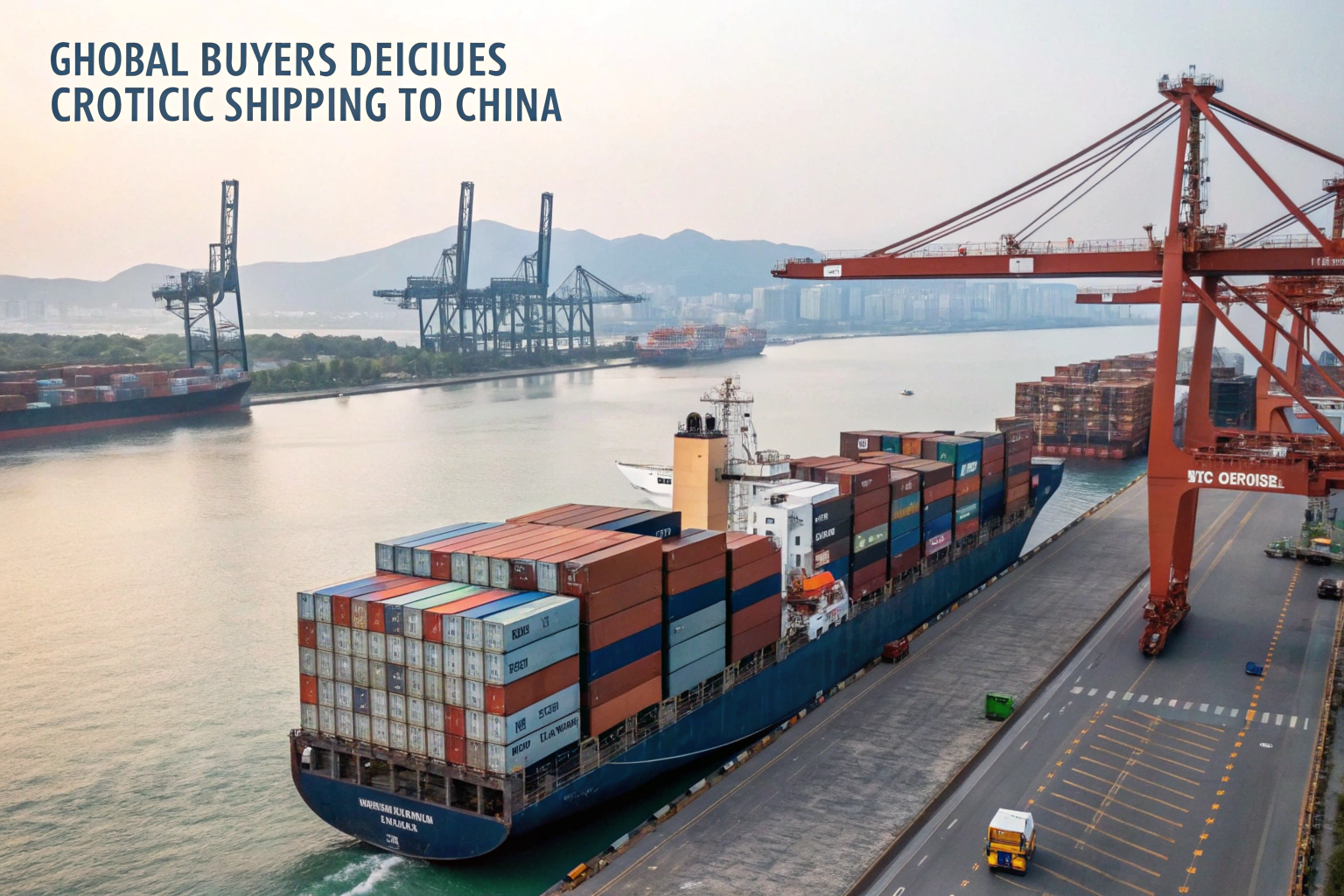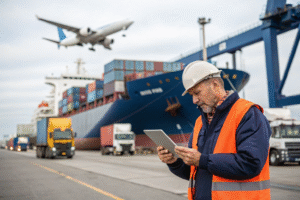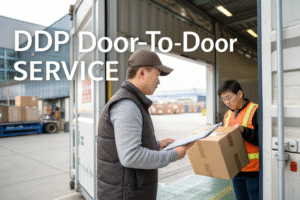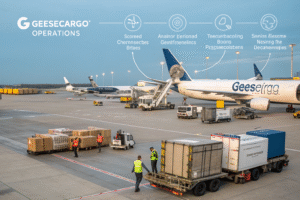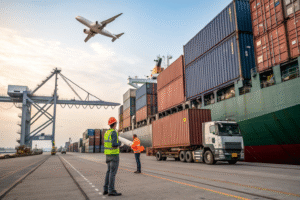Every day, global buyers like Ron make a critical decision—how to ship their goods from China to the U.S. or Europe. The route they choose affects cost, timing, customs delays, and final delivery efficiency. But with so many carrier options and multimodal choices, how can they be sure which path is best?
Freight forwarders provide route advisory services by comparing speed, cost, carrier performance, customs risks, and seasonality to recommend the best logistics path for each shipment.
At GeeseCargo, we use a combination of software tools, port analytics, and years of hands-on experience to advise importers on smarter shipping. Here's how we do it.
How Do Freight Forwarders Compare Route Options?
Every route has trade-offs. One may be faster, another cheaper. Some are prone to delays or customs bottlenecks. It takes skill and data to compare them all.
Freight forwarders compare shipping routes by analyzing cost per CBM, transit reliability, customs clearance speeds, and carrier performance.
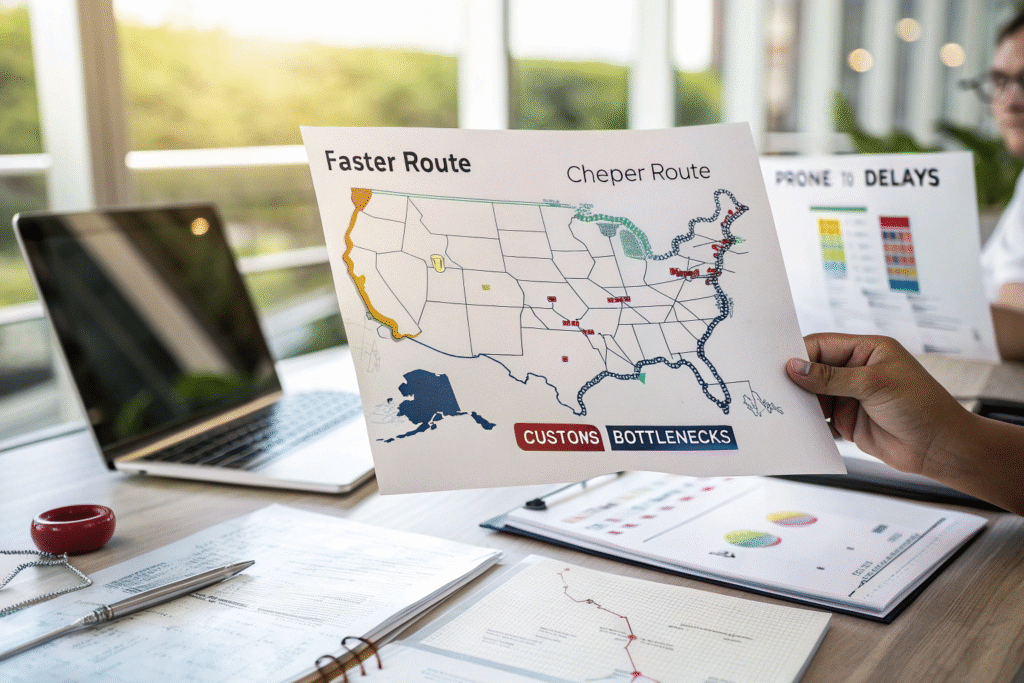
How Are Routes Evaluated for Cost and Time?
We analyze routes based on cost per cubic meter (CBM), published carrier schedules, real-time congestion data, and typical customs dwell times. For example, sea freight via Ningbo–Los Angeles might be cheap, but vulnerable to West Coast congestion. Switching to Yantian–Houston might save a week in peak season.
Platforms like Freightos and INTTRA help us calculate this quickly.
How Do You Factor in Carrier Reliability?
We pull carrier performance data from partners like Lloyd’s List Intelligence and monitor on-time delivery rates, blank sailings, and port omissions. We prefer carriers with strong recent records—like ONE, MSC, and CMA CGM.
Can Forwarders Recommend Multimodal Shipping Strategies?
Sometimes the best route isn’t just one mode—it’s a combination. That’s where forwarders step in.
Forwarders recommend multimodal shipping routes by combining ocean, rail, air, and road legs to achieve balance in speed and cost.
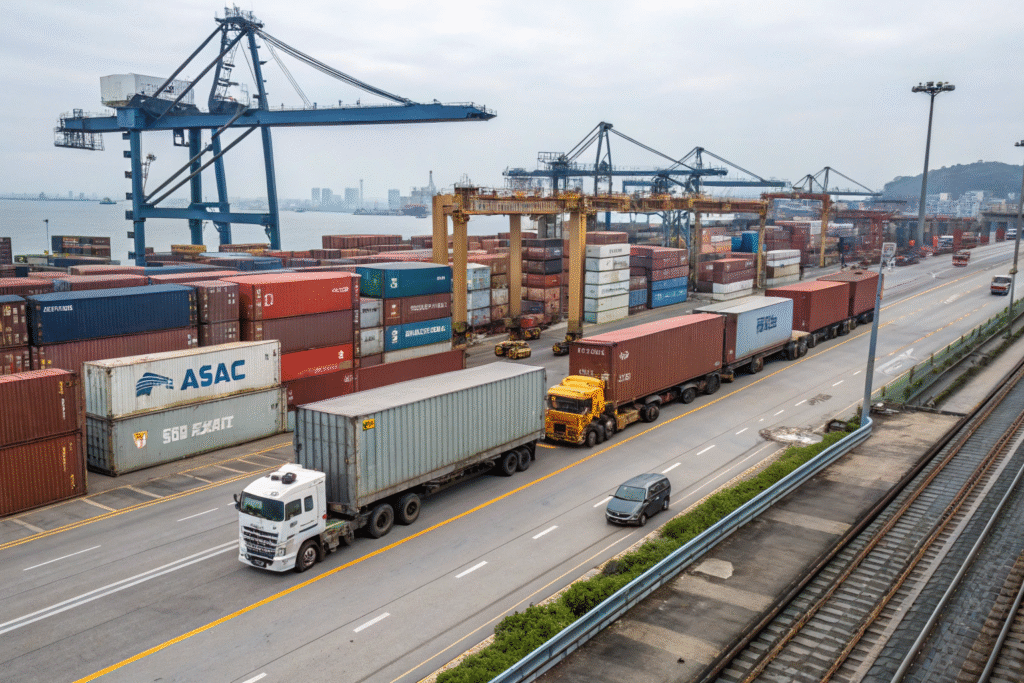
When Is Sea-Air Shipping More Effective?
Sea-Air routes—like shipping from Shenzhen to Dubai by ocean, then to New York by air—can save up to 30% versus full air while cutting 7–10 days compared to sea. We use this for seasonal goods or fast-moving consumer products. See examples from Kuehne + Nagel and DB Schenker.
Can You Combine Rail and Sea for Eurasia?
Yes. We offer China–Europe rail freight via Yiwu–Duisburg, then sea freight from Rotterdam to the U.S. East Coast. It’s faster than sea from China and often cheaper than full air.
These options are great for clients looking to break shipments into regional legs for fulfillment.
How Do Seasonality and Risk Influence Route Choice?
Even the best route on paper can turn disastrous if it hits a port strike, storm, or holiday shutdown.
Freight forwarders advise on routes based on seasonal congestion patterns, weather risks, and geopolitical factors.
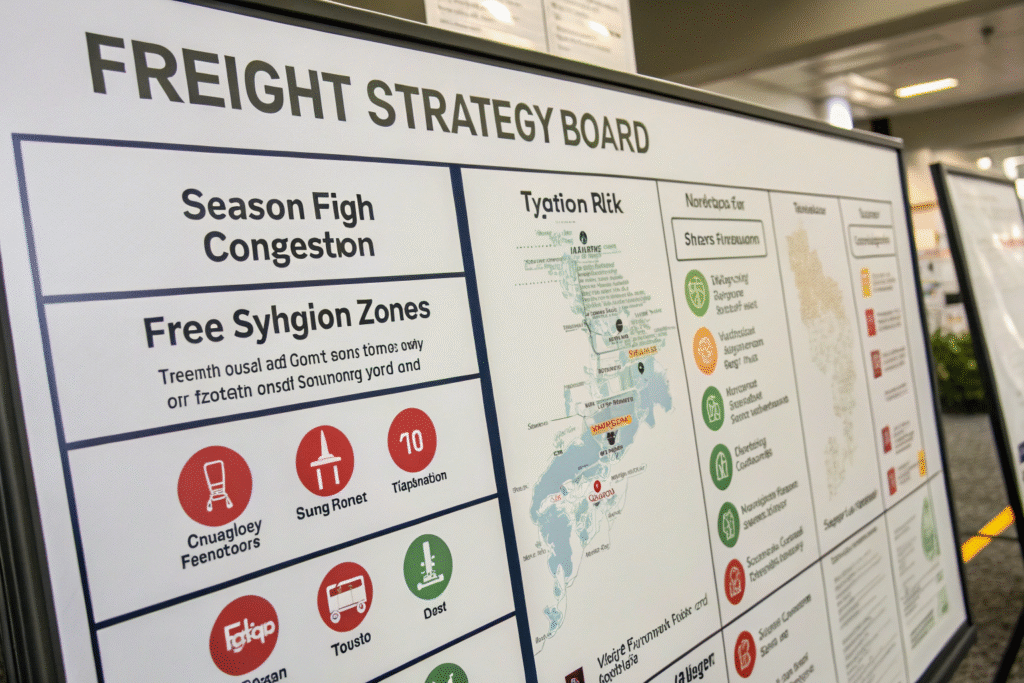
What Are Common Seasonal Risks?
Chinese New Year, Golden Week, and back-to-school seasons can cause massive delays. We analyze demand surges and sailing cutoffs to reroute accordingly. For instance, during Q4, we may avoid LA/Long Beach due to peak GRI surcharges and shift to Gulf ports.
We also monitor holiday calendars via TimeandDate.com to forecast factory closures.
Do Forwarders Monitor Route-Level Weather or Geopolitical Issues?
Yes. We subscribe to StormGeo and Global Maritime Risk to identify risks like typhoons, Red Sea conflicts, or port labor strikes.
This data allows us to re-route Ron’s shipments in real-time to safer ports with minimal impact.
How Are Client-Specific Needs Matched to Routes?
Route advice is never one-size-fits-all. What works for bulk furniture won’t work for lightweight fashion goods.
Freight forwarders tailor shipping route recommendations based on each client’s industry, volume, product type, warehouse location, and urgency.

How Do You Customize for E-commerce or Apparel Clients?
E-commerce sellers like Ron need fast, trackable, low-MOQ-friendly routes. We advise DDP express sea freight for medium loads, and air freight via DHL, UPS, or SF Express for launch-critical SKUs.
We also prioritize ports with bonded warehouses for faster intake.
What About High-Volume or B2B Shipments?
For container loads or bulk B2B, we recommend FCL routes via the most reliable base ports (e.g., Ningbo–Savannah or Qingdao–Houston). We factor in warehouse proximity, demurrage risk, and chassis availability using data from ChassisFinder and PIERS.
Conclusion
Choosing the right shipping route is both a science and an art. Freight forwarders use tools, experience, and real-time data to recommend the smartest path—balancing cost, time, and reliability.
At GeeseCargo, we don’t just book freight—we engineer logistics strategies tailored to your business. Whether you need the fastest route, the cheapest lane, or the most reliable multimodal option, we’ll guide you with clarity and confidence.
Let us help you move smarter, route by route.
